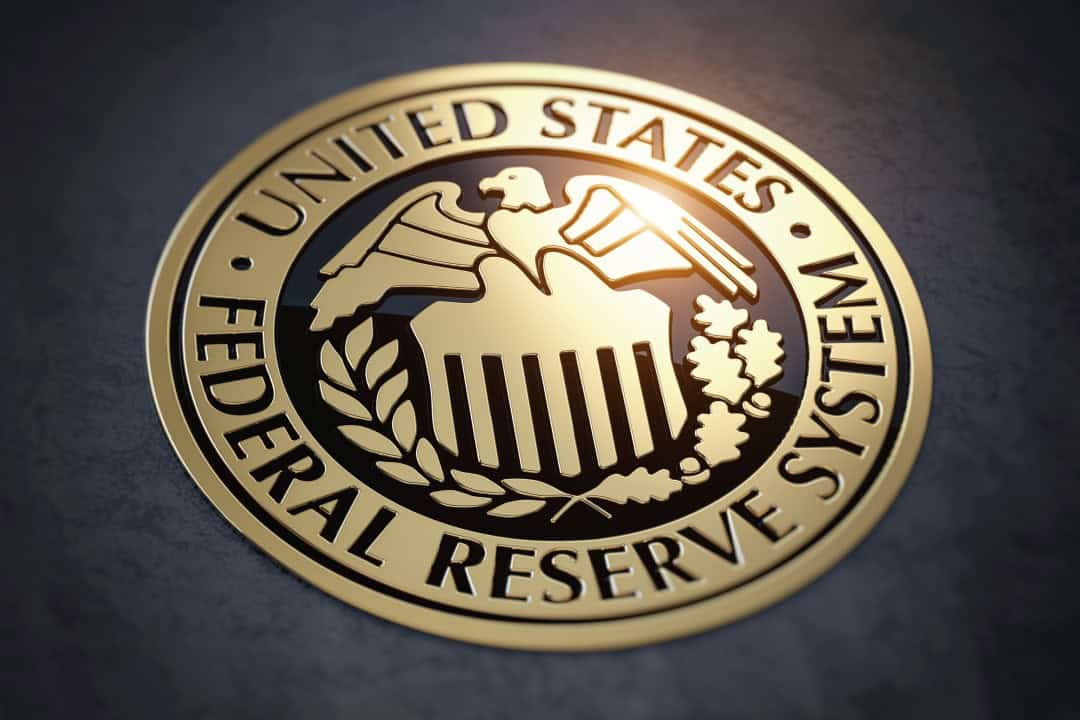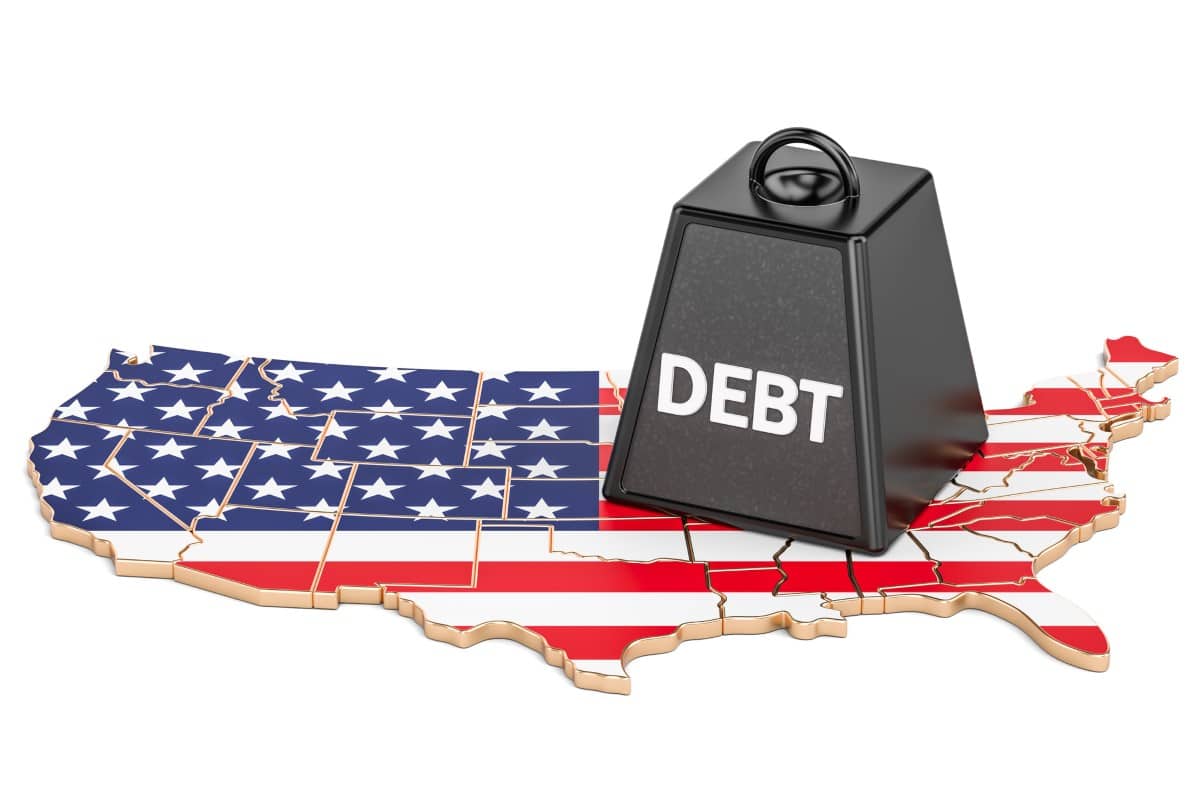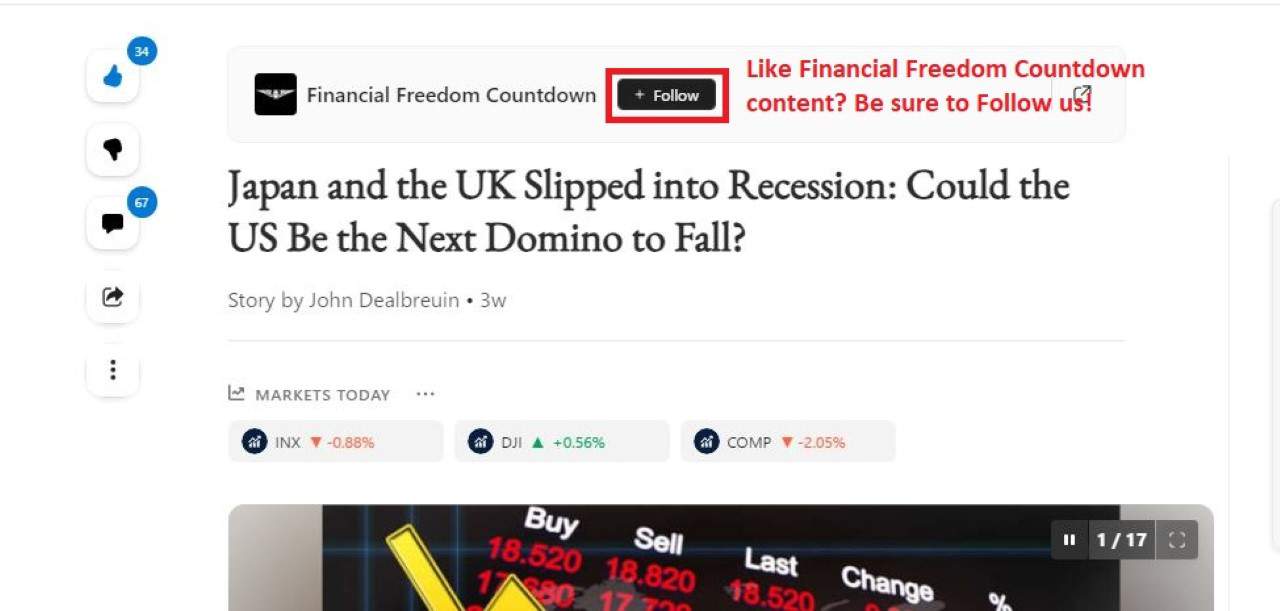Americans’ Debt Hits Record $18.6 Trillion As Student Loan Defaults Surge And Economy Splits In Two – Financial Freedom Countdown
Americans’ household debt has hit a new all-time high; $18.6 trillion as cracks widen in what economists are calling a “K-shaped” economy.
According to fresh data from the Federal Reserve Bank of New York, borrowing rose across nearly every category in the third quarter of 2025, with student loan delinquencies spiking to nearly 10% and credit card balances hitting record highs. While wealthier households continue to spend freely, younger and lower-income borrowers are falling behind, raising fresh concerns that the nation’s financial resilience is masking deep inequality.
Mortgage Balances Rise as Originations Tick Up

Mortgage debt grew by $137 billion, reaching $13.07 trillion by the end of September.
New mortgage originations rose to $512 billion, marking a modest rebound from the slowdown seen earlier this year. Economists credited “ample home equity and tight underwriting standards” for keeping delinquency rates low, even as borrowing costs remain elevated.
Credit Card Debt Sets Another Record

Credit card balances climbed by $24 billion to $1.23 trillion, an all-time high and nearly 6% higher than a year ago. The New York Fed said aggregate credit card limits also expanded by $94 billion, suggesting Americans continue to rely on revolving credit despite persistent inflation and stagnant wage growth.
Auto Loans Flat, but Borrowing Costs Stay High

Auto loan balances held steady at $1.66 trillion, with $184 billion in new loans and leases issued in the third quarter. That’s slightly below the prior quarter’s $188 billion. Economists say high auto prices and interest rates are keeping many consumers from upgrading vehicles, particularly among lower-income households.
HELOCs Continue Their Comeback

Home equity lines of credit (HELOCs) grew by $11 billion, pushing balances to $422 billion; their highest level since before the pandemic. HELOC limits rose for the 11th straight quarter, continuing a post-2022 trend as homeowners tap equity amid slower home sales and rising living costs.
Student Loan Balances and Delinquencies Surge

Student loan balances rose $15 billion to $1.65 trillion, hitting a record high. The resumption of loan reporting following the pandemic-era pause revealed a sharp rise in delinquencies, with 9.4% of total student debt now 90+ days past due or in default, up from 7.8% in early 2025.
The spike comes as millions of borrowers struggle to resume payments after a four-year pause, with many lower-income Americans reporting financial strain.
Student Loan Payment Pause Still Distorting Data

New York Fed researchers cautioned that measuring student loan distress remains complicated. “Missed federal student loan payments that were not previously reported to credit bureaus between 2020 and 2024 are now appearing in credit reports,” the report noted.
As a result, delinquency rates remain “elevated but stabilizing” after a sharp surge earlier in the year.
Delinquency Rates Show Mixed Signals

Overall, 4.5% of total household debt was in some stage of delinquency in Q3. Early delinquencies rose for student and credit card debt but fell for other categories like mortgages and auto loans. Serious delinquencies (90+ days past due) increased across most debt types, signaling strain among specific borrower groups.
Younger Borrowers Show Signs of Strain

Fed researchers told reporters that while household balance sheets remain “pretty strong,” weakness is emerging among younger and lower-income borrowers. Rising delinquencies among Gen Z and younger millennials reflect the broader challenges of affordability; especially for those with student loans and high rent burdens.
Economists Warn of ‘K-Shaped’ Divide

Analysts say the data underscores a “K-shaped economy”, where high-income consumers continue spending while low- and middle-income Americans fall behind. Economist noted that while “there is some distress at the household level,” the overall macro picture remains “fairly bright but uneven.”
The Rich Keep Spending; Everyone Else Tightens Belts

Federal Reserve Chair Jerome Powell recently warned that the economy has become divided, with lower-income Americans “pulling back” even as higher earners maintain strong spending habits.
Income growth for working-age adults (25–54) has slowed to 2% annually, matching rates seen during the 2008 financial crisis, according to JPMorgan Chase.
Corporate America Sees the Divide, Too

Executives across major consumer brands; from McDonald’s to Procter & Gamble say they’re seeing the same split in spending behavior.
McDonald’s CEO Chris Kempczinski said traffic among low-income customers fell by double digits, while high-income customers increased spending by nearly the same amount.
Procter & Gamble and Chipotle echoed similar trends, calling the environment “stable, but strained” for low-income households.
Warning Signs From Consumer Sentiment

The Conference Board and University of Michigan both report falling consumer confidence. Americans are “a bit more pessimistic” about job availability and remain “mostly negative overall” about economic conditions, the Conference Board noted. Persistent inflation, high borrowing costs, and political gridlock; especially over the ongoing government shutdown are all weighing on sentiment.
Debt Growth Outpaces Wage Gains

Even as household debt expands, wage growth is slowing. The average U.S. household’s debt has risen much faster than disposable income over the past four years, leaving many consumers with thinner financial cushions than before the pandemic. Economists warn this trend could amplify recession risks if employment softens further.
What It Means for 2026

With total debt nearing $19 trillion, the U.S. enters 2026 in a precarious position: overall financial strength masking deep inequality. If student loan delinquencies remain high and credit card use continues rising, delinquency waves could intensify; particularly if the job market cools further.
For now, however, the New York Fed maintains that “household debt balances are growing at a moderate pace,” even as cracks appear beneath the surface.
Like Financial Freedom Countdown content? Be sure to follow us!
Treasury Hikes I Bond Rate to 4.03%, Yet Fixed Portion Drops — Here’s What It Means for Savers

The U.S. Treasury has announced a new 4.03% rate for Series I savings bonds, slightly higher than the previous 3.98%. But beneath the bump lies a subtle setback: the fixed-rate portion has slipped to 0.9% from 1.1%. That quiet change could reduce long-term returns for investors hoping to lock in inflation-protected income, even as I bonds remain one of the safest options for conservative savers.
Treasury Hikes I Bond Rate to 4.03%, Yet Fixed Portion Drops — Here’s What It Means for Savers
Why Many Seniors Are Ditching Medicare Advantage for Medigap; Even With Higher Premiums

As Medicare open enrollment heats up, millions of seniors are facing one of the most consequential financial decisions of retirement: whether to stay with a Medicare Advantage plan or switch to a Medicare supplemental policy; better known as Medigap. The choice doesn’t just determine monthly costs; it can also affect access to doctors, treatment options, and out-of-pocket spending for years to come.
Why Many Seniors Are Ditching Medicare Advantage for Medigap; Even With Higher Premiums

The Social Security Administration announced that monthly benefits will increase by 2.8% in 2026, slightly above this year’s 2.5% cost-of-living adjustment (COLA). While the news might sound positive, many seniors say it’s far from enough to keep pace with the surging cost of everyday necessities.
Social Security’s 2.8% COLA Raise Could Be Wiped Out by Soaring Medicare Costs, Experts Warn

Did you find this article helpful? We’d love to hear your thoughts! Leave a comment with the box on the left-hand side of the screen and share your thoughts.
Also, do you want to stay up-to-date on our latest content?
1. Follow us by clicking the [+ Follow] button above,
2. Give the article a Thumbs Up on the top-left side of the screen.
3. And lastly, if you think this information would benefit your friends and family, don’t hesitate to share it with them!

John Dealbreuin came from a third world country to the US with only $1,000 not knowing anyone; guided by an immigrant dream. In 12 years, he achieved his retirement number.
He started Financial Freedom Countdown to help everyone think differently about their financial challenges and live their best lives. John resides in the San Francisco Bay Area enjoying nature trails and weight training.
Here are his recommended tools
Personal Capital: This is a free tool John uses to track his net worth on a regular basis and as a retirement planner. It also alerts him wrt hidden fees and has a budget tracker included.
Platforms like Yieldstreet provide investment options in art, legal, real estate, structured notes, venture capital, etc. They also have fixed-income portfolios spread across multiple asset classes with a single investment with low minimums of $10,000.
